Historic! NASA James Webb Telescope detects CO2 in Saturn-sized exoplanet's atmosphere
NASA's James Webb Telescope has again done something historic!
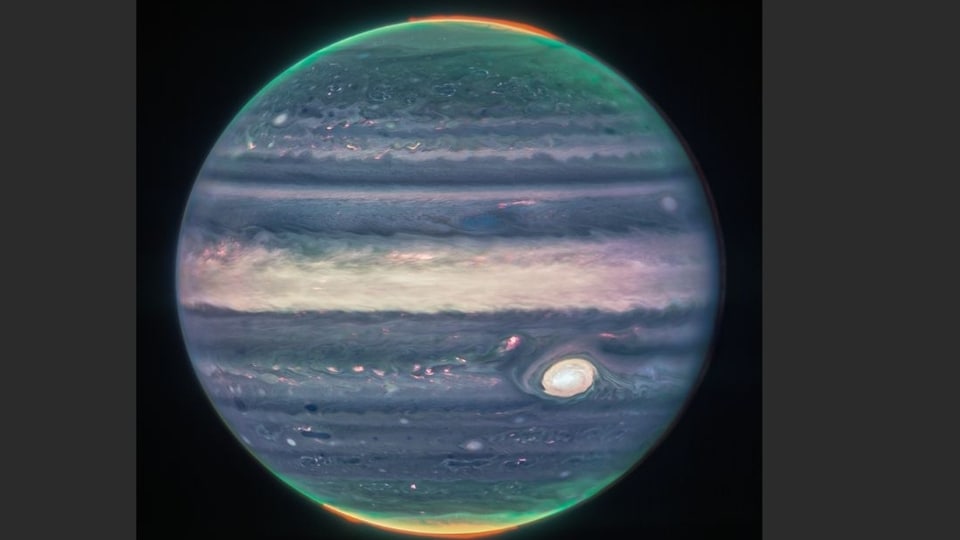
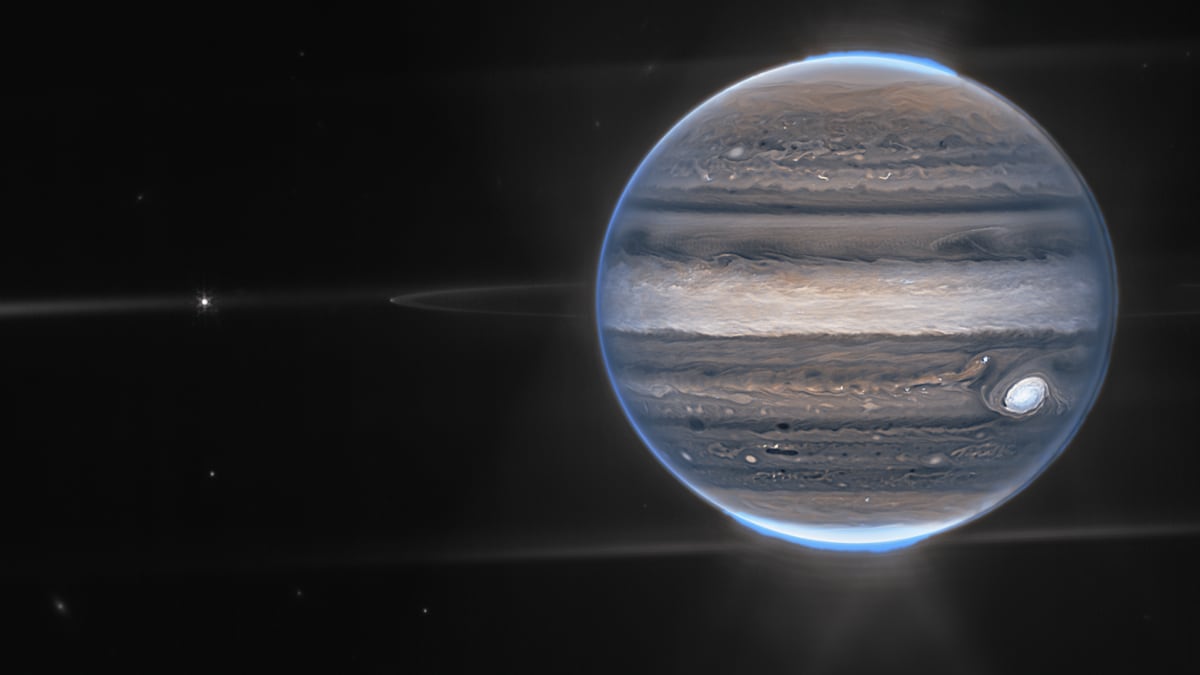
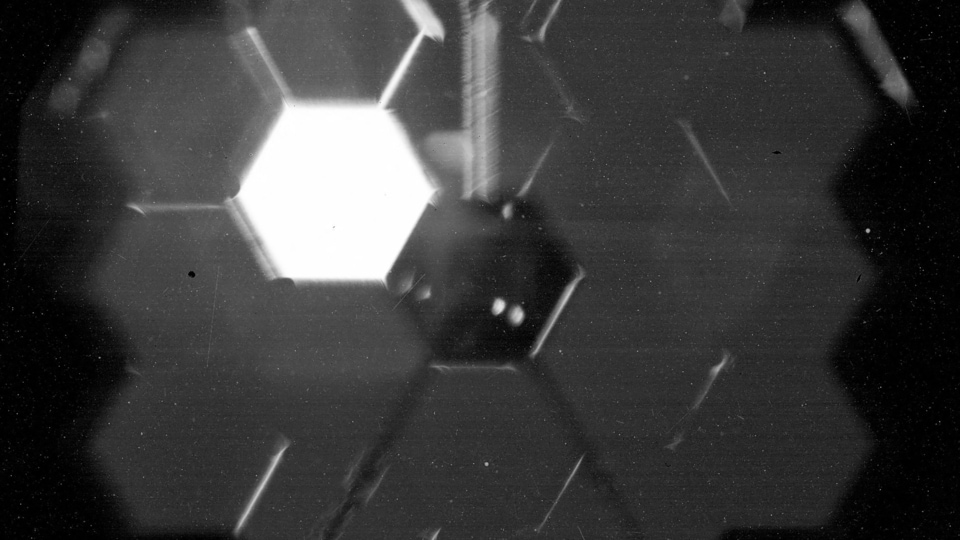
_1661230453587.jpg)
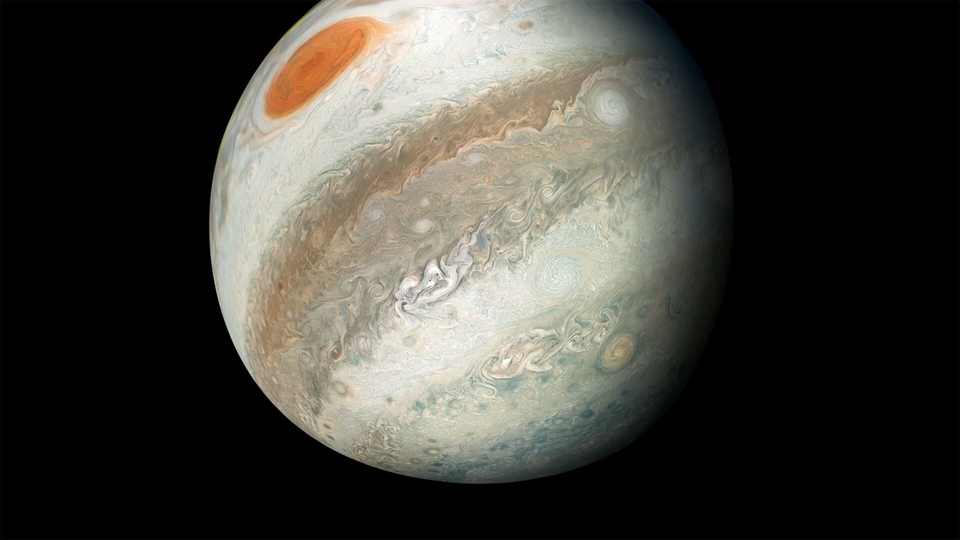
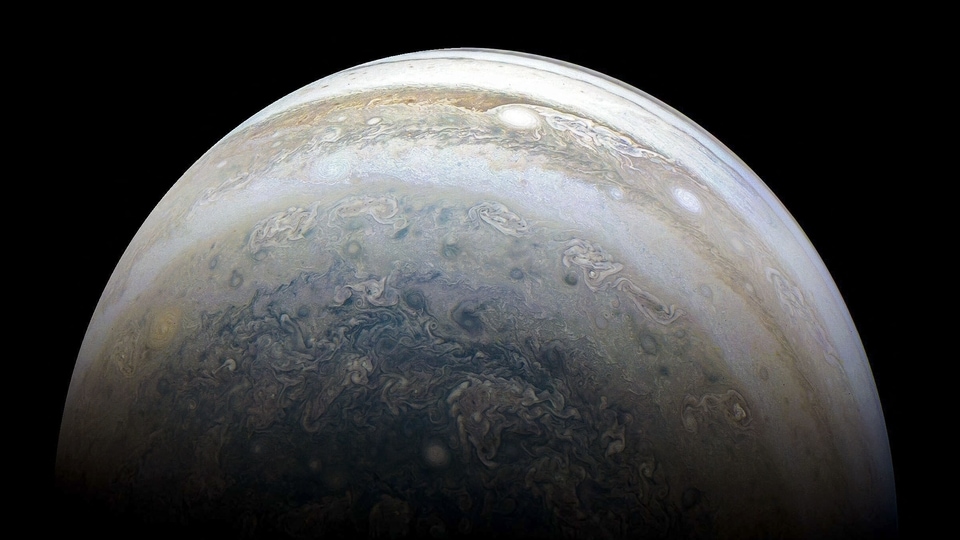
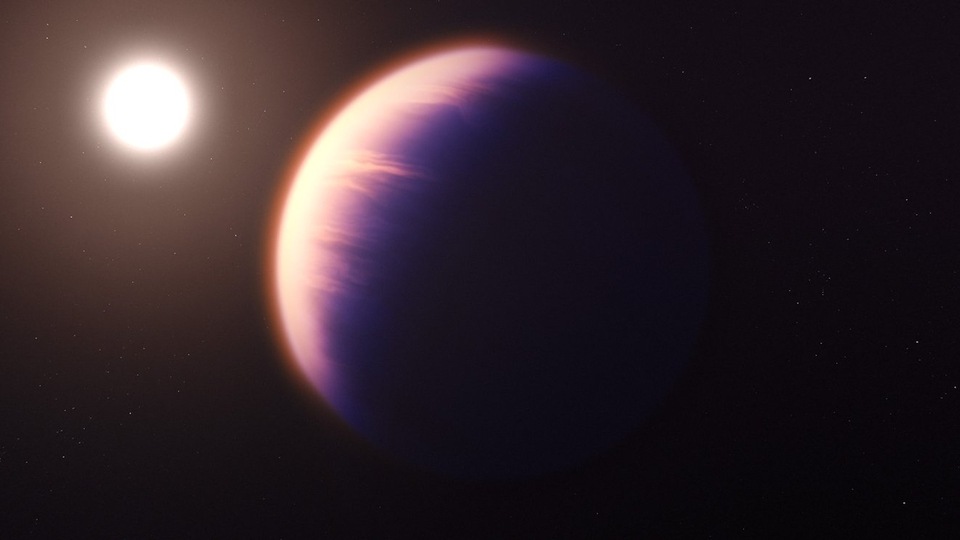
 View all Images
View all ImagesFor the first time, NASA's James Webb Space Telescope has detected evidence of carbon dioxide in the atmosphere of an exoplanet outside the solar system. The discovery of carbon dioxide has been spotted on the giant WASP-39 b planet orbiting a Sun-like star 700 light-years away. NASA says that the discovery provides important insights into the composition and formation of the planet. It further says that in the future Webb Telescope may be able to detect and measure carbon dioxide in the thinner atmospheres of smaller, rocky planets.
The hot gas giant, WASP-39 b has a mass roughly the size of Saturn and a diameter 1.3 times greater than Jupiter. NASA says that its high temperature can go up to 1,600 degrees Fahrenheit, or 900 degrees Celsius. “Unlike the cooler, more compact gas giants in our solar system, WASP-39 b orbits very close to its star – only about one-eighth the distance between the Sun and Mercury – completing one circuit in just over four Earth days,” NASA said in a blog post. The planet was discovered earlier in 2011.
To detect carbon dioxide, the team of researchers used the Near-Infrared Spectrograph (NIRSpec) instrument of NASA's James Webb Space Telescope, which observed a small hill between 4.1 and 4.6 microns in the spectrum of the exoplanet's atmosphere. According to the team, this was the first clear and detailed evidence hinting toward the availability of carbon dioxide.
However, this is the first time ever as no other observatory has ever measured such subtle differences in brightness which helped to detect the presence of carbon dioxide.
This exoplanet has more than just Carbon Dioxide
It is not just carbon dioxide, but the previous observations from other telescopes such as NASA's Hubble Telescope and Spitzer space telescopes had also revealed the presence of water vapour, sodium, and potassium in the same exoplanet's atmosphere. And now, the James Webb Telescope has confirmed the presence of carbon dioxide on this planet as well.
Catch all the Latest Tech News, Mobile News, Laptop News, Gaming news, Wearables News , How To News, also keep up with us on Whatsapp channel,Twitter, Facebook, Google News, and Instagram. For our latest videos, subscribe to our YouTube channel.































